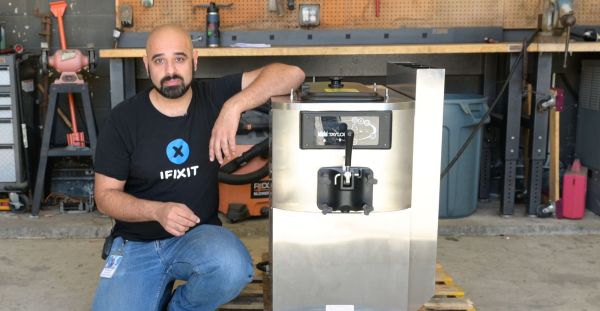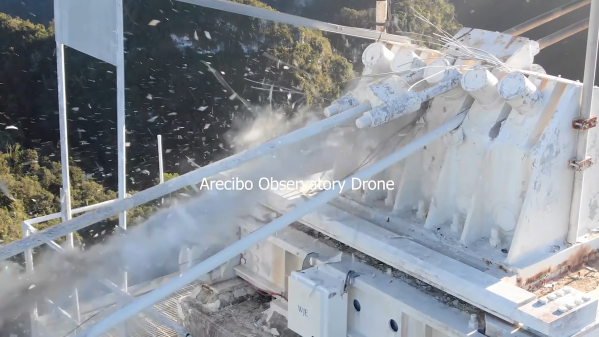There has been a rash of cryptocurrency thefts targeting some unexpected victims. Over $35 million has been drained from just over 150 individuals, and the list reads like a who’s-who of the least likely to fall for the normal crypto scams. There is a pattern that has been noticed, that almost all of them had a seed phrase stored in LastPass this past November when the entire LastPass database was breached.
The bulletproof security of the LastPass system depends in part on the rate limiting of authenticating with the LastPass web service. Additionally, accounts created before security improvements in 2018 may have had master passwords shorter than 12 characters, and the hash iterations on those accounts may have been set distressingly low. Since attackers have had unrestricted access to the database, they’ve been able to run offline attacks against accounts with very low iterations, and apparently that approach has been successful.
Microsoft’s Signing Key
You may remember a story from a couple months ago, where Microsoft found the Chinese threat group, Storm-0558, forging authentication tokens using a stolen signing key. There was a big open question at that point, as to how exactly an outside group managed to access such a signing key.
This week we finally get the answer. A crash log from 2021 unintentionally included the key, and Microsoft’s automated redaction system didn’t catch it. That crash dump was brought into development systems, and an engineer’s account was later accessed by Storm-0558. That key should not have worked for enterprise accounts, but a bug in a Microsoft key validation allowed the consumer systems key to work for enterprise accounts. Those issues have been fixed, but after quite a wild ride. Continue reading “This Week In Security: LastPass Shoe Drops, Keys Lost, And Train Whistles Attack”

















